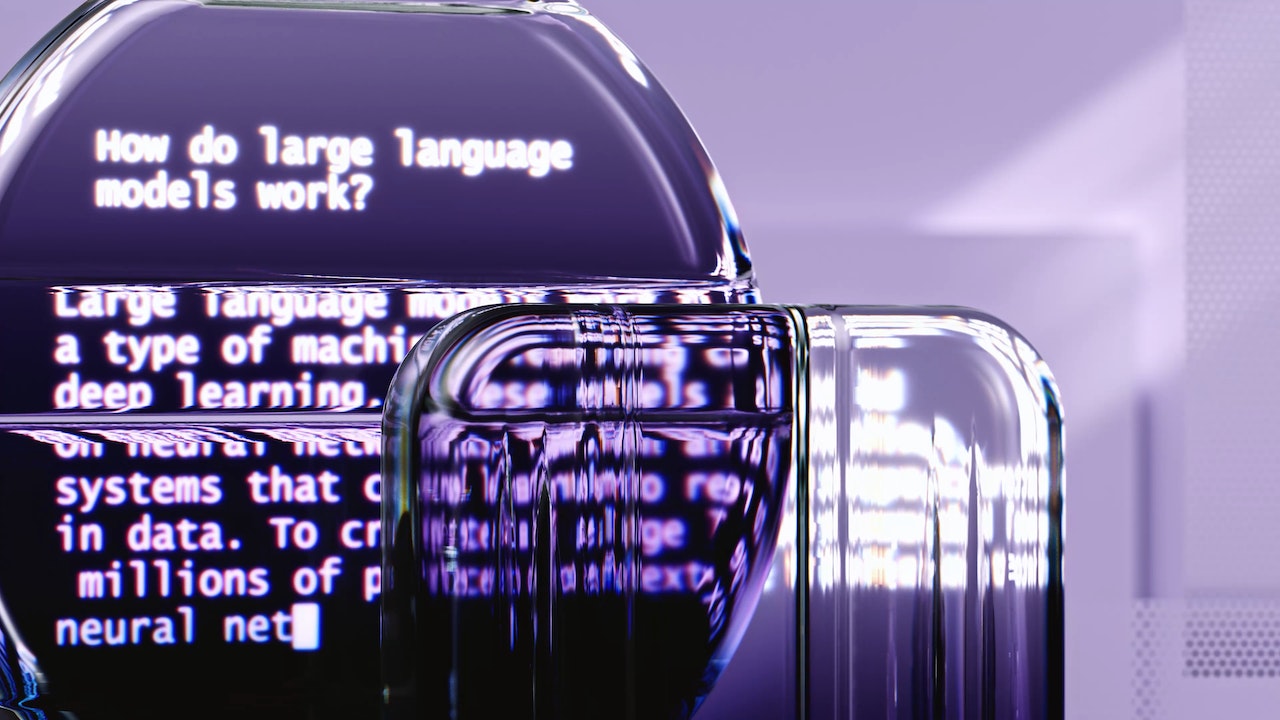In our previous article we talked about predictive AI and how it can be used in the data industry to model human behavior, identify fraud, and predict future events. We also talked about the difficulty with creating predictive models with a lack of ground-truth data.
In this article, we’ll talk about deep learning, image classification, and facial recognition. These are all pretty spicy topics in a very complex industry, so let’s get started.
 Deep learning is a type of machine learning which employs an artificial neural network (ANN) to help it make choices and learn from mistakes. ANNs are modeled after how the human brain works and can be a bit convoluted to understand. Remember our tic-tac-toe game from the previous article? That’s a simplistic example of an ANN at work.
Deep learning is a type of machine learning which employs an artificial neural network (ANN) to help it make choices and learn from mistakes. ANNs are modeled after how the human brain works and can be a bit convoluted to understand. Remember our tic-tac-toe game from the previous article? That’s a simplistic example of an ANN at work.
ANNs happen to be very good at image classification (determining what an image depicts), facial recognition (determining if two faces are the same), sentiment analysis (identifying the topic of text input), and many other complex tasks that humans take for granted. So how are these technologies being used? Let’s look at each of them individually.
Image classification and recognition
An unusual use-case for image classification is to pair home photos with ask prices to check for congruency. Real estate and rental companies do this to figure out whether the photos of a home correspond to the ask price. For instance, if the AI sees lots of hardwood floors, granite countertops, spacious rooms, high ceilings, new paint, etc. then it’s able to determine that it’s worth more than a dwelling with shag carpet, mis-matched wood cabinets, layers of peeling paint, and stained laminate countertops. This information can be used to help homeowners make an informed decision about their home’s worth. It can also be used by investors to spot “fixer uppers” for purchase.
Facial Recognition
The identity sphere has been using facial recognition for a long time. It’s often used in document verification to make sure that the individual shown on a document (say, a driver’s license) is the same person applying for a bank account online. Just scan in your DL and take a selfie. But how do you make sure the selfie is of the person at the keyboard?
That’s where a “liveliness check” comes in. Anyone who’s tried to unlock their friend’s iPhone with a photo – or perhaps their sleeping friend’s face (seriously, don’t do that) – would know that it’s not going to work. The phone is going to check to make sure the person is real, awake, and looking at the phone. How does a liveliness check work? AI of course!
Something else that has yet to rear its head in the background screening space (but is certainly in the works by multiple court data vendors) is the ability for an AI to check an applicant’s photo against a database of known criminal mugshots. If it spots a match, it flags the record for human verification. This could help spot undisclosed court records during the job application process. Unfortunately, this use-case is ripe for legal disputes due to discriminatory AIs.
At the end of the day, there are countless applications for AI within the data industry and we’ve only touched on a few here. And while the possibilities seem endless, it’s important to remember that an AI is only as good as the data on which it was trained. If you are looking to train your AI model using person, court, or property data, please contact our sales associates today. We’d love to assist you in your AI journey!




